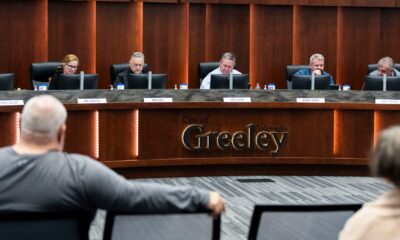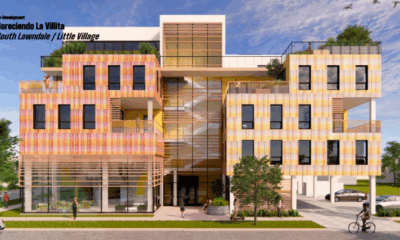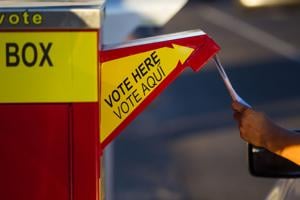Technology
North Charleston’s Infrastructure Spending Raises Concerns
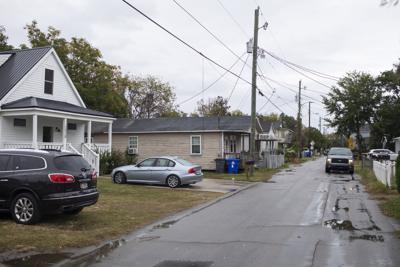
In North Charleston, recent public infrastructure projects have been completed, including new sidewalks, playgrounds, and street signs. While these developments are beneficial for the community, concerns have been raised regarding the method used to fund them. The city allocated $25 million among its ten City Council members in 2021, a decision that has sparked criticism due to its uneven focus on community needs.
Concerns Over Allocation Method
The approach taken by North Charleston involved distributing funds equally among council members, allowing each to address projects within their districts. While this method ensured that each area received $2.5 million, it failed to consider the varying needs across different neighborhoods. Some districts, such as Union Heights, face distinct challenges compared to more affluent areas like Wescott Plantation.
According to reporting by The Post and Courier, the slow pace of project completion has raised additional concerns. Although all the allocated funds have been assigned, many projects remain unfinished. The city’s needs do not align neatly with the political boundaries set by the council members, leading to a fragmented approach to urban planning and community development.
Political Implications and Corruption Charges
The balkanization of funding has not only raised issues regarding project prioritization but has also led to significant political fallout. Two council members from the previous administration, which included then-Mayor Keith Summey, faced federal corruption charges related to bribery and kickback schemes. Councilman Jerome Heyward has resigned and pleaded guilty, while Councilman Mike A. Brown is scheduled for trial on November 3, 2023. This situation raises questions about the integrity of the funding process and whether it contributes to unethical practices.
Community advocates argue that determining which infrastructure improvements to prioritize should involve a more objective assessment, ideally based on a comprehensive citywide analysis that identifies the most pressing needs. Elected officials must ensure that taxpayer dollars address significant community challenges, even if it means reallocating funds from one district to another.
Members of the City Council, who represent specific districts, are well aware of the needs in their areas, whether it is a lack of sidewalks or the need for updated community centers. They are encouraged to advocate for their constituents, but these recommendations should undergo careful review by city staff and the entire council.
Although the initial focus of the $25 million was to enhance neighborhood walkability, the varying histories of different areas have resulted in unequal conditions. Some neighborhoods were developed more recently, adhering to modern codes that required sidewalks, while others still lack basic infrastructure. This disparity has led some council members to redirect their funds toward broader projects unrelated to walkability.
Ultimately, the diversity of North Charleston, reflected in its neighborhoods and residents, is one of the city’s significant strengths. However, this diversity necessitates a nuanced approach to resource allocation that recognizes each area’s unique needs. Failure to do so undermines the city’s potential for equitable growth and development.
-
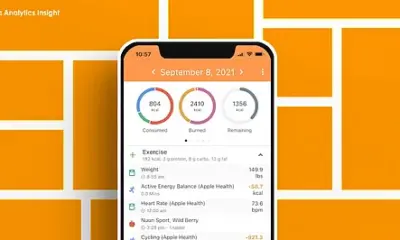
 Technology5 months ago
Technology5 months agoDiscover the Top 10 Calorie Counting Apps of 2025
-

 Health2 months ago
Health2 months agoBella Hadid Shares Health Update After Treatment for Lyme Disease
-

 Health3 months ago
Health3 months agoErin Bates Shares Recovery Update Following Sepsis Complications
-

 Technology4 months ago
Technology4 months agoDiscover How to Reverse Image Search Using ChatGPT Effortlessly
-

 Technology1 month ago
Technology1 month agoDiscover 2025’s Top GPUs for Exceptional 4K Gaming Performance
-

 Technology2 months ago
Technology2 months agoElectric Moto Influencer Surronster Arrested in Tijuana
-

 Technology5 months ago
Technology5 months agoMeta Initiates $60B AI Data Center Expansion, Starting in Ohio
-

 Technology5 months ago
Technology5 months agoRecovering a Suspended TikTok Account: A Step-by-Step Guide
-

 Health4 months ago
Health4 months agoTested: Rab Firewall Mountain Jacket Survives Harsh Conditions
-

 Lifestyle5 months ago
Lifestyle5 months agoBelton Family Reunites After Daughter Survives Hill Country Floods
-

 Technology4 months ago
Technology4 months agoHarmonic Launches AI Chatbot App to Transform Mathematical Reasoning
-

 Technology3 months ago
Technology3 months agoUncovering the Top Five Most Challenging Motorcycles to Ride



